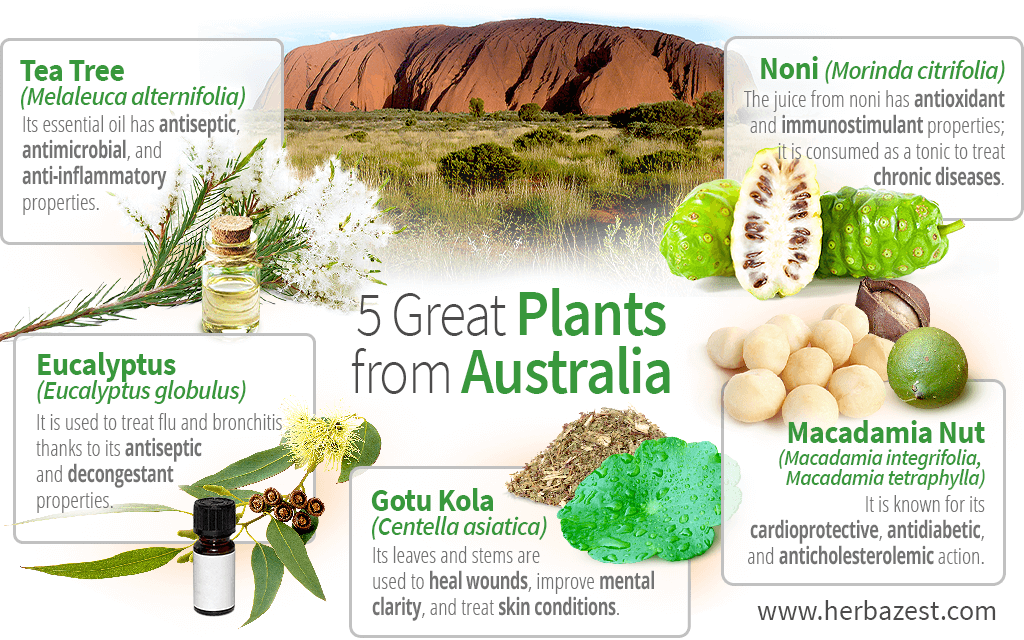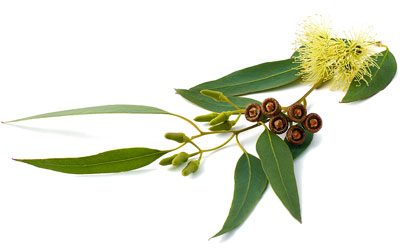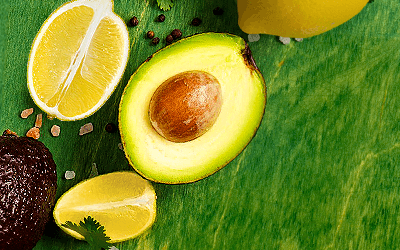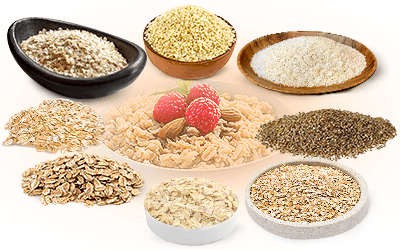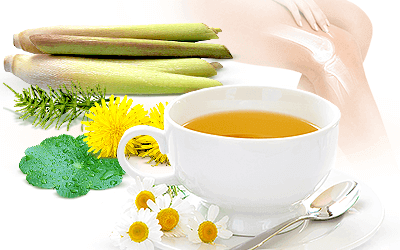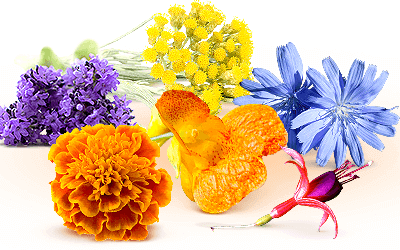Australia is the sixth-largest country in the world. It is located in Oceania (South Pacific area), and its territory includes the island of Tasmania and many other small islands. The indigenous Australians have gathered great horticultural knowledge, and their oral culture has been instrumental in preserving valuable information about the diverse and unique flora of the continent.
Since A Voyage to New Holland, written by William Dampier, presented Australian plants to Europeans in 1703, some native species have been introduced to other countries, but most of them are still endemic only to Australia, as well as other locations within the same latitude. Australia is one of the most interesting places on this planet, not only for being a nation-continent, but also for its particular flora and fauna. Some of the most representative native Australian plants have great health benefits.
1. Tea Tree
M. alternifolia is one of the 170 species from the genus Melaleuca and belongs to the Myrtle family (Myrtaceae). It is a small tree used to produce an essential oil with antiseptic, antibacterial, antifungal, anti-inflammatory, and antiviral properties.1,2
Tea tree essential oil is widely used as an ingredient in cosmetic products, such as shampoos, antiseptic creams, and soaps. Traditionally, it has been used as a topical antiseptic to heal cuts, abrasions, and insect stings.
2. Eucalyptus
Eucalyptus globulus, also known as blue gum tree, is a tall evergreen endemic to Australian territory, except the rainforest. Eucalyptus serves as shelter for many species of native Australian animals, and some varieties of gum leaves are the only food eaten by koalas.
Historically, eucalyptus has provided timber and firewood to Australians. Eucalyptus essential oil and leaves have antiseptic and decongestant properties.3,4 They have been traditionally used to treat bronchitis and influenza as well as added to ointments for bruises, sprains, and muscular pains.
3. Noni
Morinda citrifolia, also called morinda and Indian mulberry, is a small tree from the Rubiaceae family, native to the tropical regions of the Pacific Ocean, from Southeast Asia to Australia. Due to its antioxidant and immune-stimulating properties, it has been traditionally used as a topical preparation for joint pain and skin conditions.5,6
Noni fruit juice has become very popular as a restorative tonic to treat chronic illnesses, from cancer to cardiovascular disease and diabetes. However, noni's healing properties have not yet been well studied for any particular health condition. Its fruit and leaves can be found in the form of capsules, tablets, and teas.
4. Macadamia Nut
Native to the Australian rainforests, the Macadamia genus belongs to the Proteaceae family and is mainly restricted to the Southern Hemisphere. The macadamia tree is an evergreen, and its fruit, the macadamia nut, is very well-known for its cardioprotective, antidiabetic, and anticholesterolemic actions.7
Regular intake of macadamia nuts not only reduces body fat, but also helps to maintain a healthy weight. Macadamia nuts can be found raw, roasted, mixed with other nuts, and creamed into a butter. They are also available in oil form for cooking, in capsules as a supplement, and as an ingredient in cosmetic products.
5. Gotu Kola
Gotu kola, scientifically named Centella asiatica, is a perennial plant native to India, Japan, China, Indonesia, South Africa, Sri Lanka, and the South Pacific. Gotu kola is a member of Apiaceae, or parsley family, whose leaves and stems have been traditionally used to heal wounds, improve mental clarity, and treat skin conditions, respiratory infections, syphilis, hepatitis, stomach ulcers, epilepsy, diarrhea, fever, and asthma.8,9
In the U.S. and Europe, gotu kola has other medicinal applications, such as treating varicose veins and chronic venous insufficiency. Gotu kola leaves can be consumed via teas, tinctures, capsules, tablets, and ointments.
Australia is not only a vast, diverse country - it is also home to a great variety of species with unique properties that have found medicinal, nutritional, and many other applications.
Sources
- Australian Government, European discovery and the colonisation of Australia | Australian flora
- Australian National Botanical Gardens, Growing Native Plants
- Australian National University, Geoscience Australia, 2012
- Australian Native Plants Society, Macadamia integrifolia
- International Plant Names Index, Morinda citrifolia L.
- NCCAM Herbs at a Glance, National Center for Complementary and Integrative Health (NCCIH), Noni
- Kew Royal Botanic Gardens, Eucalyptus globulus (Tasmanian blue gum)
- University of Maryland Medical Center, Gotu kola
Footnotes:
- Current Microbiology. (2018). The Antibacterial Mechanism of Terpinen-4-ol Against Streptococcus agalactiae. Retrieved September 5, 2022 from: https://link.springer.com/article/10.1007/s00284-018-1512-2
- Letters in Applied Microbiology. (2007). In vitro antifungal activity of the tea tree (Melaleuca alternifolia) essential oil and its major components against plant pathogens. Retrieved September 5, 2022 from: https://sfamjournals.onlinelibrary.wiley.com/doi/full/10.1111/j.1472-765X.2007.02128.x
- Phytomedicine. (2010). Synergistic properties of the terpenoids aromadendrene and 1,8-cineole from the essential oil of Eucalyptus globulus against antibiotic-susceptible and antibiotic-resistant pathogens. Retrieved September 7, 2022 from: https://pubmed.ncbi.nlm.nih.gov/20727725/
- AIMS Microbiology. (2017). Oil-in-water emulsion formulated with eucalyptus leaves extract inhibit influenza virus binding and replication in vitro. Retrieved September 7, 2022 from: https://www.ncbi.nlm.nih.gov/pmc/articles/PMC6604957/
- Food & Function. (2021). Immunomodulatory effect of Noni fruit and its isolates: insights into cell-mediated immune response and inhibition of LPS-induced THP-1 macrophage inflammation. Retrieved September 7, 2022 from: https://pubs.rsc.org/en/content/articlelanding/2021/fo/d0fo03402a/unauth
- Nutrients. (2020). Fermented Morinda citrifolia (Noni) Alleviates DNCB-Induced Atopic Dermatitis in NC/Nga Mice through Modulating Immune Balance and Skin Barrier Function. Retrieved September 7, 2022 from: https://www.mdpi.com/2072-6643/12/1/249
- Lipids. (2007). Macadamia nut consumption modulates favourably risk factors for coronary artery disease in hypercholesterolemic subjects. Retrieved September 7, 2022 from: https://aocs.onlinelibrary.wiley.com/doi/abs/10.1007/s11745-007-3042-8
- Evidence Based Complementary and Alternative Medicine. (2916). Effectiveness of Gotu Kola Extract 750 mg and 1000 mg Compared with Folic Acid 3 mg in Improving Vascular Cognitive Impairment after Stroke. Retrieved September 7, 2022 from: https://www.ncbi.nlm.nih.gov/pmc/articles/PMC4908235/
- International Journal of Dermatology. (2004). Asiaticoside induction for cell-cycle progression, proliferation and collagen synthesis in human dermal fibroblasts. Retrieved February 10, 2022, from: https://pubmed.ncbi.nlm.nih.gov/15533060/


